The fall season is in full swing and the muffled chirping of crickets and birds remind me that the wild and plant life that I have come accustomed to won’t be present as winter approaches. I tried to pay closer attention to some of the common species of this site. My mallard duck companion, species name Anas platyrhynchos, appeared to be alone today, his female companion was absent. He spent most of the time in the northern end of the pond, again feeding on the duckweed, species name Lemna minor, which appeared sporadically on the edges of the pond except in the northern end where the mallard duck was feeding. The amount of duckweed has greatly decreased from covering about 10% of the pond to about 5%.
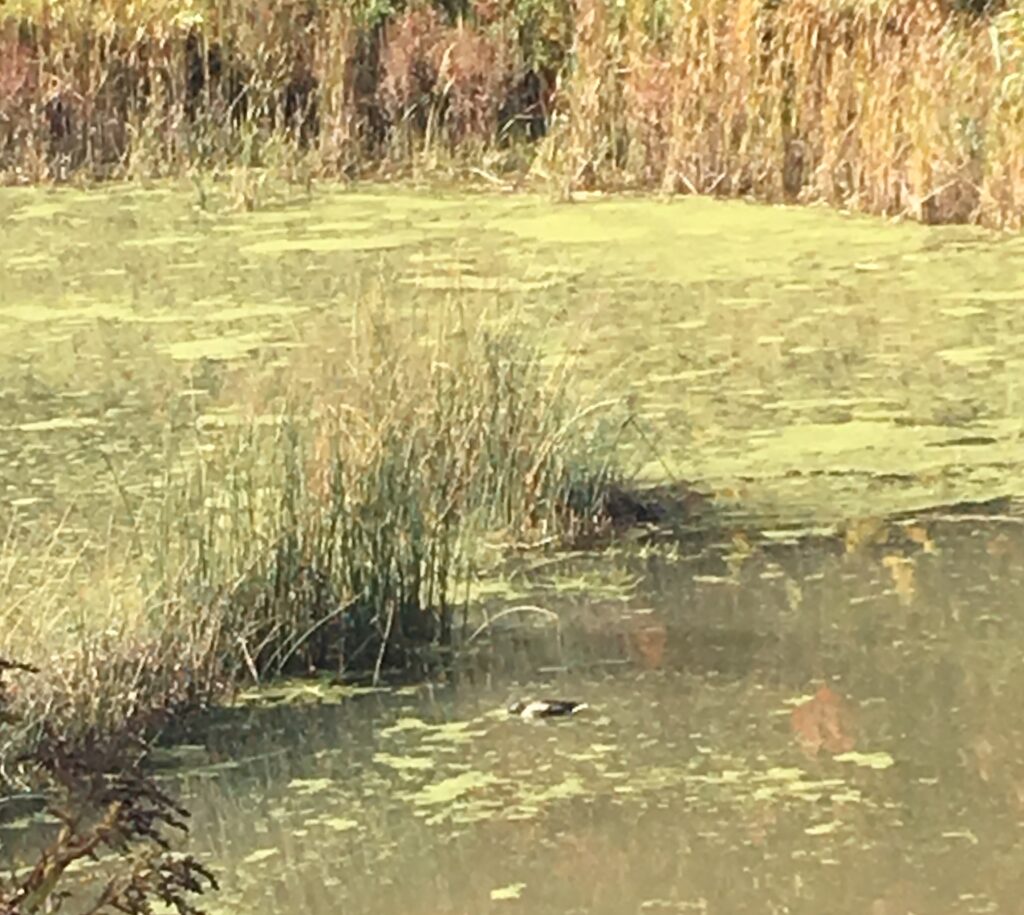
As for the bank of the pond, the area nearest to the water is populated mainly by reeds, scientific name phragmites (due to their smaller seed structures and size I believe that they are native as opposed to invasive), these make it almost impossible to reach the water along with a fence. Above this layer of reeds, a strip of rocks covers the bank to prevent erosion which makes it difficult for plant cover, however, it appears that some brave avens navigate the rocky shore, it is difficult to tell which species of aven they are without flowers but I assume that it is Geum urbanum. These aven lay at the roots of a tree that I could easily identify as a black locus, scientific name Robinia pseudoacacia after getting caught on the large thorns attempting to get a closer view of the herbaceous plants on the bank. The other prominent tree of the easter bank is green ash, species name Fraxinus pennsylvanica, which were about equally frequent as the black locus.
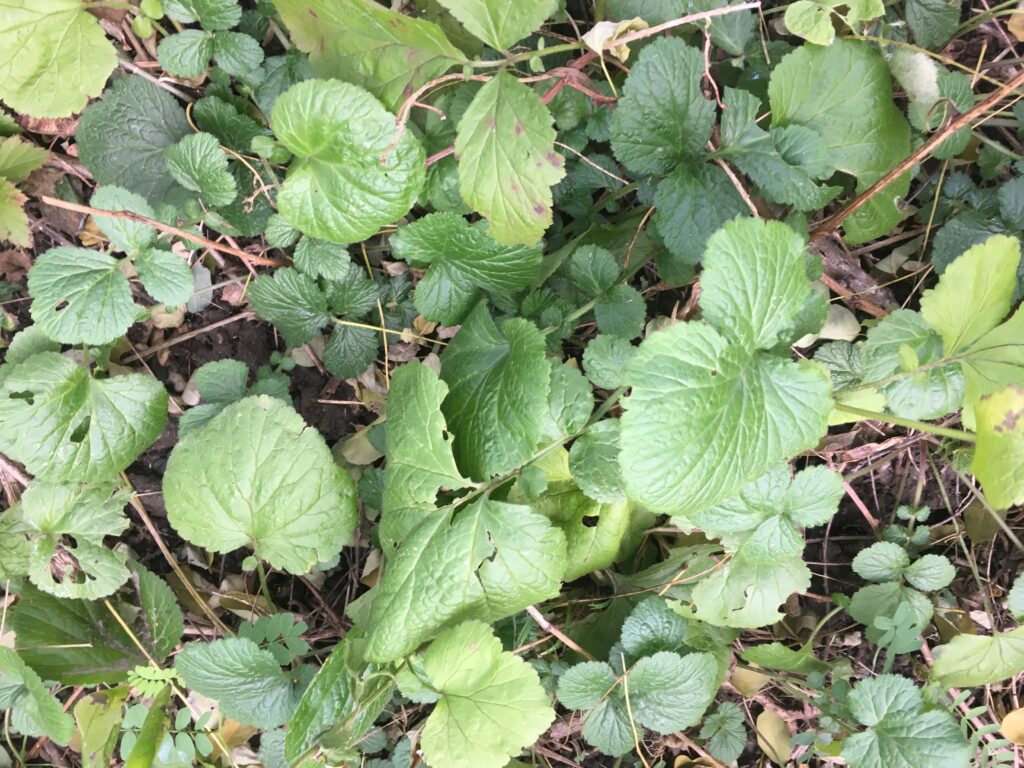
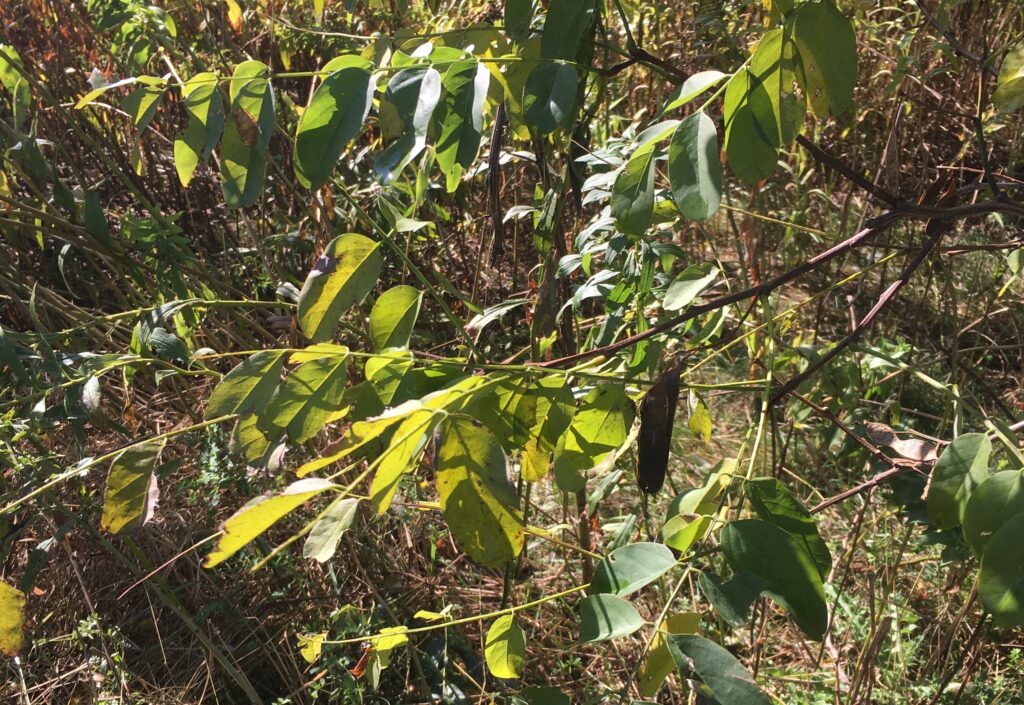
On this visit to the site, I decided to take an excursion to the south-west side of the pond where there is an access path with no tree cover which has allowed for bedstraw, species name Galium verum, to cover the path to the stormwater drain.
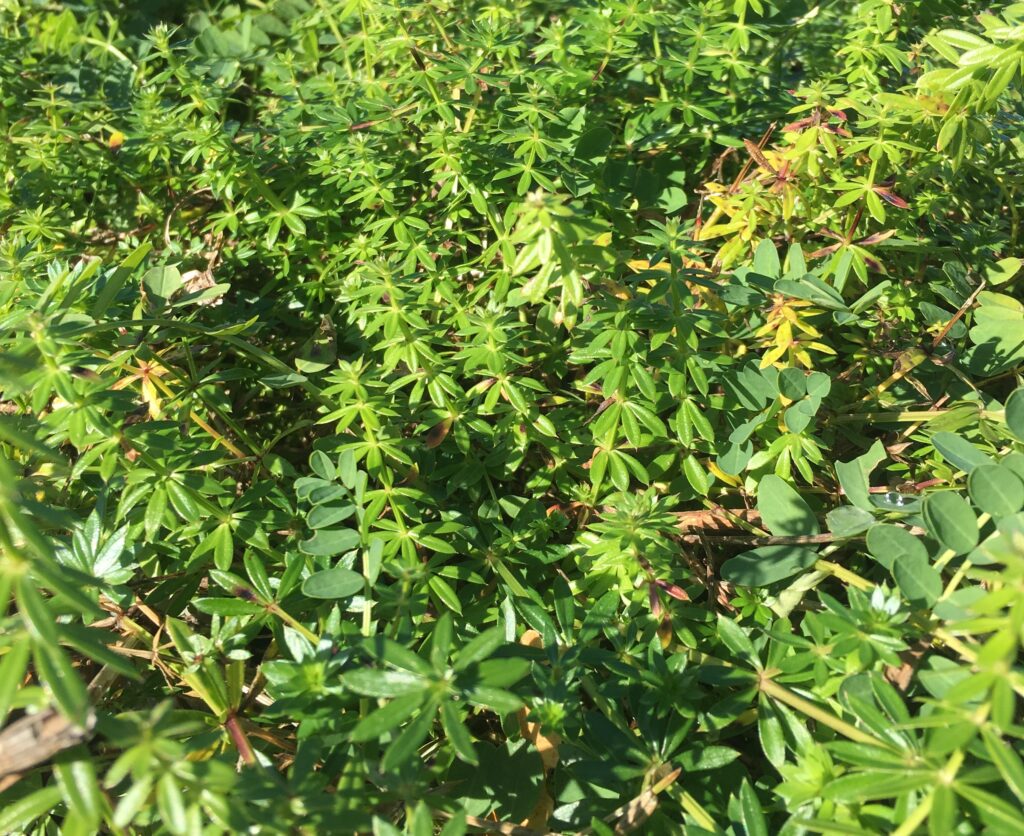
The northern bank is covered in staghorn sumac, species name, Rhus typhinia, which are beginning to lose its leaves leaving its red berries. All of the foilage has either turned to vibrant yellows, oranges, and reds or fallen from the trees and although I will miss the wild and plant life I am excited to see how the area transforms going into the winter months.


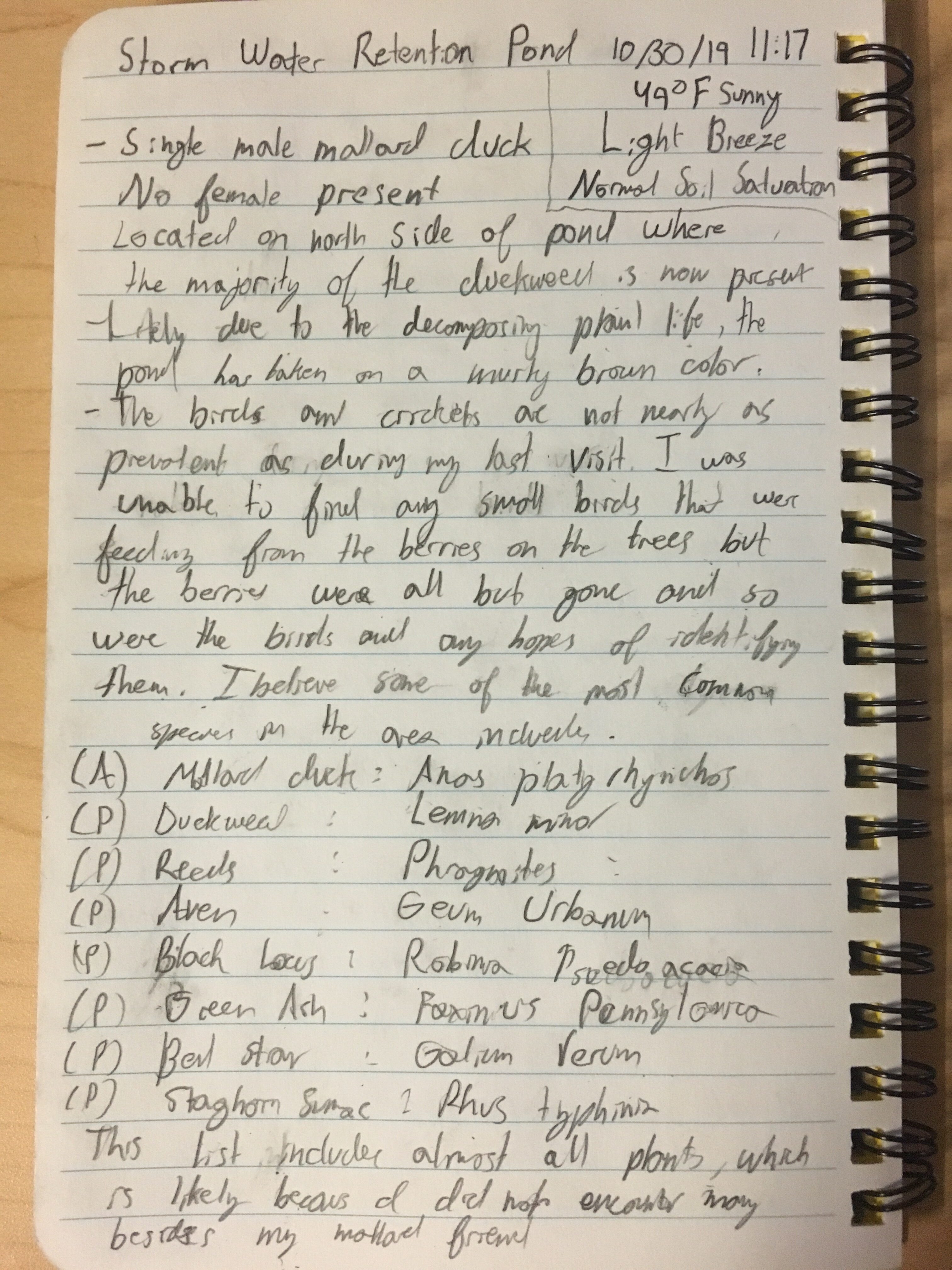
Thank you for reading and I hoped you enjoyed.